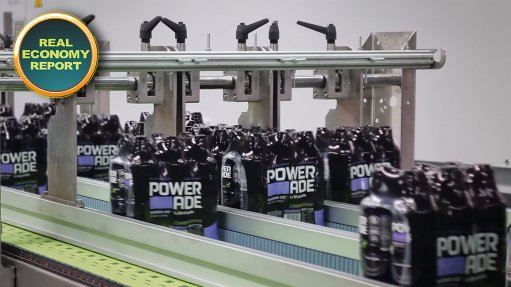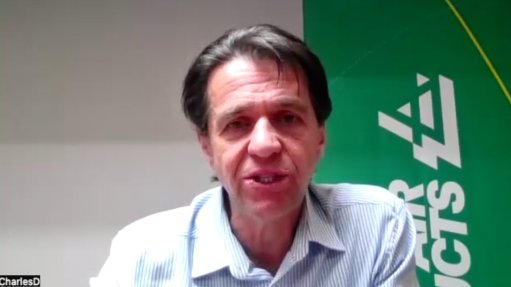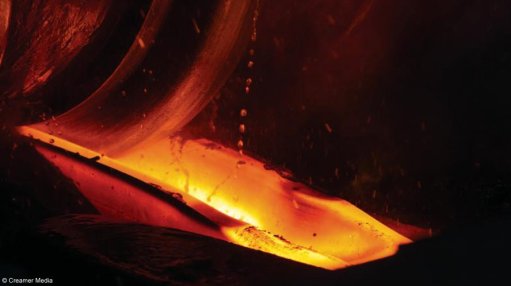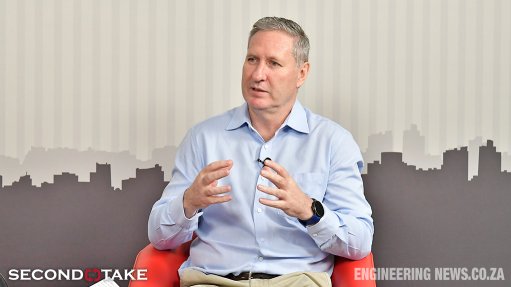Matric results must reflect national development agenda – Sacci
The South African Chamber of Commerce and Industry (Sacci) on Thursday extended congratulations to those school pupils who had successfully completed their matric year, but it questioned the significance of the reported “improved” pass rate of 81.3% and what this meant in reality.
Sacci posited that the relevance of the yearly results reporting, and the contribution this makes to the attainment of the stated development objectives of the country, should be a directly linked measurable outcome.
It cited the United Nations Sustainable Development Goals (SDGs), the World Economic Forum’s Global Competitiveness Index, the Harvard Centre for International Development’s Economic Complexity Index, and the South African National Development Plan as examples of what South Africa should be prioritising.
“The area of human capital development is at the centre of achieving most of the objectives that a developing country should be focusing on,” the organisation emphasised.
While Sacci noted that very few countries in the past 200 years have managed to move from developing to developed, it attributed the achievement of those that have to being rigorous and focused in human development index objectives, building human capital, skills, innovation and enterprise.
“Given the above context, it would be unwise not to interrogate the meaning of South Africa’s ‘improved’ matric results. As we amass better data and insights for a clearer view, this needs to lead to a management review and corrective action,” Sacci said.
It posited that the inadequacies of the model of the South African public education system were worsening, and that this required urgent intervention.
For example, it noted the high dropout rate of registered grade tens, with these not reporting to write matric.
Moreover, it noted reports, attributed to the higher education department that the graduation rate at technical and vocational education and training colleges, reportedly averages 30% of those who enrol.
Further, it cited data published by Statistics South Africa showing that there are more than eight-million young people between the ages of 16 to 34 who are not in school, not in any tertiary education institution, not in any learnerships and not employed.
Another report indicated that more than 40% of university students were repeating a year at university, Sacci informed.
“These are all significant problems in the conveyor belt from early childhood development (ECD) to tertiary level education to post education skills development.
"This appears to be a ticking time-bomb and we need to know what the education authorities are doing to address this significant social injustice and political instability risk.”
Sacci called on the government and other social partners, including business and labour, to focus on understanding the root causes of this problem, and to find solutions, from the issue of ECD, to the foundation stage, primary education, the upper grades and restricted and lack of universal access to quick and easy acquisition of knowledge and skills occasioned by lack of mother-tongue driven content and instruction.
Sacci also said the results relating to under-resourced, historically disadvantaged areas, and rural community schools, had to be looked at separately, and not get lost in the “averages” in provincial and national reporting statistics.
“This is the biggest area that should give us insight around inequality and poverty. These are the things that may be contributing to South Africa’s high unemployment rate and slow economic growth,” Sacci said.
It also mentioned that the optics and metrics of the data around the development of the girl-childs' needs required greater insight and focus.
The organisation emphasised that scientific insight needed to lead to specific, clear and measurable corrective management actions.
Comments
Press Office
Announcements
What's On
Subscribe to improve your user experience...
Option 1 (equivalent of R125 a month):
Receive a weekly copy of Creamer Media's Engineering News & Mining Weekly magazine
(print copy for those in South Africa and e-magazine for those outside of South Africa)
Receive daily email newsletters
Access to full search results
Access archive of magazine back copies
Access to Projects in Progress
Access to ONE Research Report of your choice in PDF format
Option 2 (equivalent of R375 a month):
All benefits from Option 1
PLUS
Access to Creamer Media's Research Channel Africa for ALL Research Reports, in PDF format, on various industrial and mining sectors
including Electricity; Water; Energy Transition; Hydrogen; Roads, Rail and Ports; Coal; Gold; Platinum; Battery Metals; etc.
Already a subscriber?
Forgotten your password?
Receive weekly copy of Creamer Media's Engineering News & Mining Weekly magazine (print copy for those in South Africa and e-magazine for those outside of South Africa)
➕
Recieve daily email newsletters
➕
Access to full search results
➕
Access archive of magazine back copies
➕
Access to Projects in Progress
➕
Access to ONE Research Report of your choice in PDF format
RESEARCH CHANNEL AFRICA
R4500 (equivalent of R375 a month)
SUBSCRIBEAll benefits from Option 1
➕
Access to Creamer Media's Research Channel Africa for ALL Research Reports on various industrial and mining sectors, in PDF format, including on:
Electricity
➕
Water
➕
Energy Transition
➕
Hydrogen
➕
Roads, Rail and Ports
➕
Coal
➕
Gold
➕
Platinum
➕
Battery Metals
➕
etc.
Receive all benefits from Option 1 or Option 2 delivered to numerous people at your company
➕
Multiple User names and Passwords for simultaneous log-ins
➕
Intranet integration access to all in your organisation


















